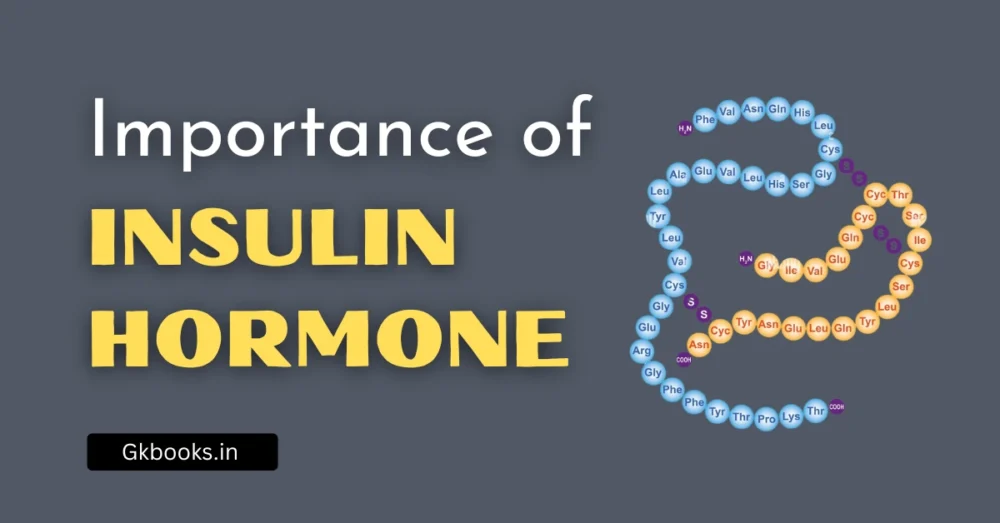Sweat is a watery fluid secreted by sweat glands to regulate body temperature and maintain skin health. Knowing its composition, function, and related facts is important for general science sections of many competitive exams, where direct MCQs are common.
Composition of Sweat – Quick Revision
| Component | Percentage / Level | Function |
|---|---|---|
| Water | ~99% | Cooling, solvent for salts |
| Salts (Na+, Cl-) | ~0.2–0.4% | Electrolyte balance |
| Urea & Ammonia | Trace amounts | Excretion of nitrogen waste |
| Lactic Acid | Trace amounts | pH balance, skin health |
| Others (minerals, fatty acids) | Trace amounts | Minor protective roles |
What Is Sweat Made Of?
Sweat is mostly water (about 99%), with small amounts of salts, urea, lactic acid, and other trace substances.
It is produced by eccrine glands (all over the body) and apocrine glands (in specific areas like armpits).
Main Components:
- Water – Cooling and temperature control.
- Sodium & Chloride ions – Maintain fluid/electrolyte balance.
- Potassium, Calcium, Magnesium – Minor electrolytes.
- Urea, Ammonia – Excrete nitrogenous waste.
- Lactic Acid – Maintains skin pH (~4.5–6.0).
📌 Exam Insight: SSC CGL (2018) asked which ion is found most abundantly in sweat — Sodium.
Why Does Sweat Have Salts?
Sweat contains salts because sweat glands secrete sodium chloride dissolved in water. This helps maintain osmotic balance and supports nerve & muscle function.
Key Facts for Exams:
- Salt loss is higher in hot climates or intense activity.
- Excess loss without replacement may cause muscle cramps.
- In conditioned athletes, sweat tends to have less salt due to gland adaptation.
Minor Components and Their Functions
Although sweat is mostly water and salt, trace elements play roles in skin health and waste removal.
| Minor Component | Role |
|---|---|
| Urea | Removes nitrogen waste |
| Ammonia | By‑product of protein metabolism |
| Lactic Acid | Keeps skin acidic → prevents bacteria growth |
| Zinc, Copper | Trace minerals, possible antimicrobial action |
Factors Affecting Sweat Composition
Sweat composition can change with diet, hydration, climate, health status, and physical activity.
Examples:
- In hot climates → higher water & salt loss.
- High‑protein diet → more urea in sweat.
- Dehydration → concentrated sweat.
Practical Exam‑Oriented Notes
- UPSC Science Prelims: Sweat is a part of human excretion & thermoregulation.
- SSC CGL/CHSL: Questions often ask about the largest component of sweat.
- CDS/RRB NTPC: May frame questions on the function of salts or urea in sweat.
- State Exams: Local climatic conditions may be linked to salt loss & heatstroke.
FAQ Section
Q1. What is the main component of sweat?
Water (~99%).
Q2. Which ion is most abundant in sweat?
Sodium ion (Na⁺).
Q3. Does sweat remove toxins?
Sweat removes small amounts of metabolic waste (urea, ammonia), but major detox is via the liver & kidneys.
Q4. Why does sweat smell?
Fresh sweat is odorless; bacteria on skin break down compounds, creating odor.
Q5. Which gland produces watery sweat?
Eccrine sweat glands.
Q6. Why is sweat slightly acidic?
Due to lactic acid; protects skin from microbes.
Q7. Can sweat composition change with training?
Yes, regular training reduces salt content due to gland adaptation.
Conclusion
Sweat is not just “water dripping off” — it’s a complex, adaptive fluid that keeps you cool, protects skin, and maintains body balance.
🔥 Motivation for Aspirants: The way sweat works silently to maintain balance is the way your hard work silently prepares you for success. Keep showing up — results will follow.
Explore More Biology Topics:
Heart Chambers: Anatomy, Functions, Diagram & Exam-Focused Notes
Vitamin Deficiency Diseases – Causes, Symptoms, Sources & Exam-Focused Notes
Function of the Stomach in the Human Body: Key Roles, Mechanisms & Importance






